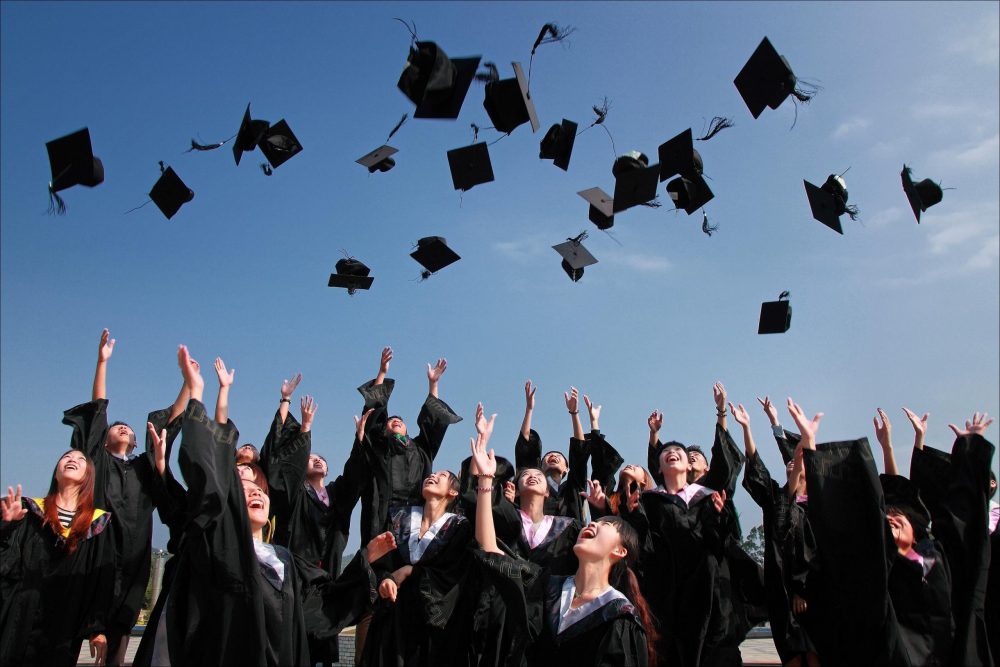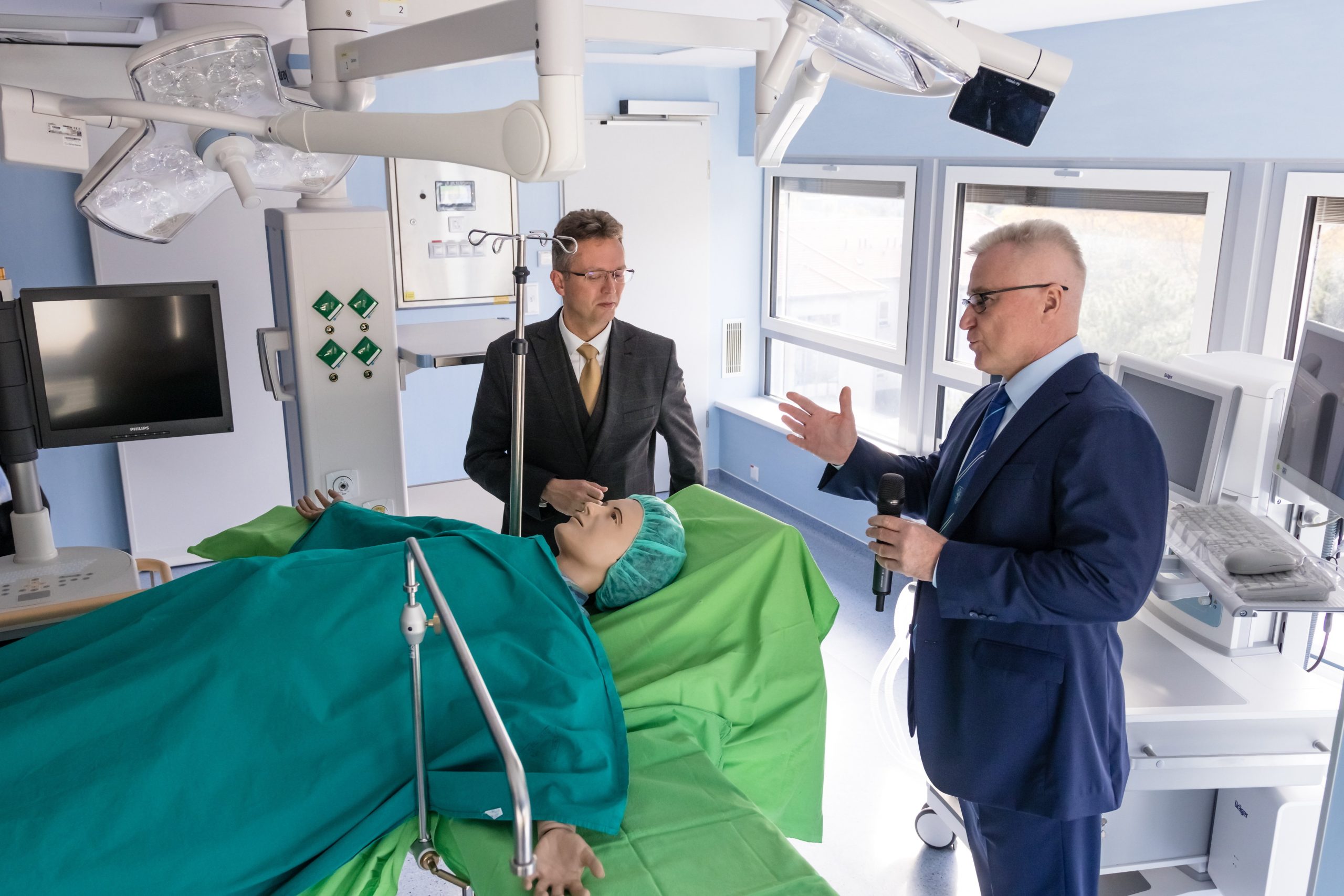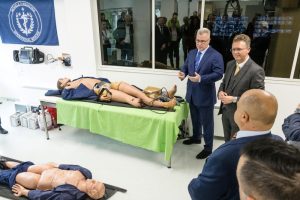
Quacquarelli Symonds is one of the best known and most followed higher education rankings in the world.Continue reading

Improved results in international rankings and better infrastructural conditions also testify to the fact that Hungarian higher education is undergoing a competitive turnaround, said Balázs Hankó, Minister of State for Innovation and Higher Education at the University of Pécs (PTE) on Monday.
At the inauguration of the recently expanded and renewed Medical Skills Education and Innovation Center at the Medical Faculty of PTE, Balázs Hankó stressed that the competitiveness turnaround is visible in international rankings, in the increasing number of foreign students, and in the continuous development of infrastructure. He said that after the change of model, a new, more flexible, predictable, yet autonomous university environment had made it possible for Hungarian universities – including Pécs and all four medical universities – to be in the top 1,500 out of 30,000 institutions worldwide. In his opinion, the strength of Hungarian medical and health sciences education is also demonstrated by the fact that one in four of the 42,000 international students are studying in the field of medicine and health.
He set the goal that strong and focused practical training should become a full part of Hungarian higher education, and that
by 2030, we should have one top 100 university in the world and three top 100 universities in the European Union.”
Attila Miseta, Rector of PTE, said in his welcome speech that “a ten-year dream has been achieved” at the Faculty of Medicine in Pécs with the new “skill lab,” which supports practical skills, provides a basis for patient contact, and supports the training of future general practitioners and dentists.
The center, with the support of the Human Resources Development Operational Program (HRDOP) with HUF 2.07 billion (EUR 5.45 million),
has seen the expansion of the “skill laboratory” to more than six times its previous size, to 1,700 square meters, thus providing space for the education department of dental training.

Photo: MTI/Katona Tibor
The primary task of the facility is to develop the manual and communication skills of undergraduate and postgraduate medical students, doctors, and health science students, thus fully supporting clinical education programs.
The significant increase in the area of the center, which now has a teaching laboratory equipped with an operating room and VR equipment, and the modernization of the simulation teaching equipment were necessary because the demand for the unit is increasing year on year and currently used by 9-10,000 students per semester. The center houses the new teaching section of the PTE Dental Education Center on 250 square meters, with 25 dental phantom lab workstations, 10 operating microscopes, and a modern system for audio-visual education.
Via MTI, Featured image: MTI/Katona Tibor